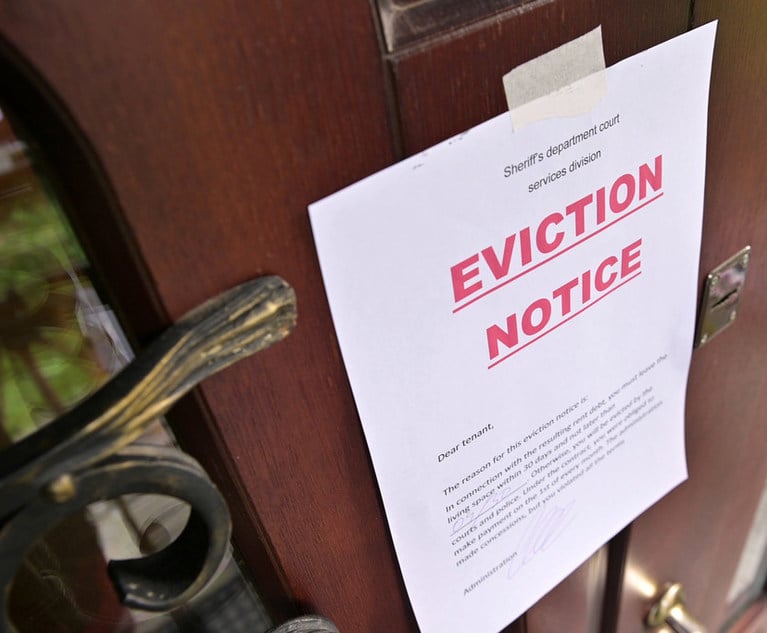As investor interest and invested capital in the Environmental, Social & Governance (ESG) space has increased over the past several years, real estate investors, owners, developers and other stakeholders have looked to incorporate ESG criteria into their evaluation of new and existing real estate buildings and projects. Here we discuss several ways in which the New York City real estate market participants have been and will continue to be impacted by this increased focus on advancing societal goals while at the same time achieving positive economic returns. Such impacts include the passage of the New York City Climate Mobilization Act and the resulting transition toward green retrofitting, green building certifications, and contractual and risk management protections for building owners.
New York City Climate Mobilization Act
ESG-focused companies will continue to proliferate as local governments enact laws aimed at curing social harms. One example is New York City’s Climate Mobilization Act (the Act), which was passed in May 2019. Included among the legislation is Local Law 97, which will materially impact construction and building operations. The goal of Local Law 97 is to reduce greenhouse gas emissions from New York City buildings by 40% by 2030 and 80% by 2050, using 2005 emissions as a baseline. The goal will be accomplished through emissions limitations, which are scheduled to take effect in 2024, 2030, and 2035. “covered buildings” (buildings that exceed 25,000 gross square feet, two or more buildings on the same tax lot that collectively exceed 50,000 gross square feet, and two or more buildings held in a condominium form of ownership that collectively exceed 50,000 gross square feet) will be required to make energy-efficient improvements to lower overall energy usage.


 New York skyline (Photo: Shutterstock)
New York skyline (Photo: Shutterstock)




